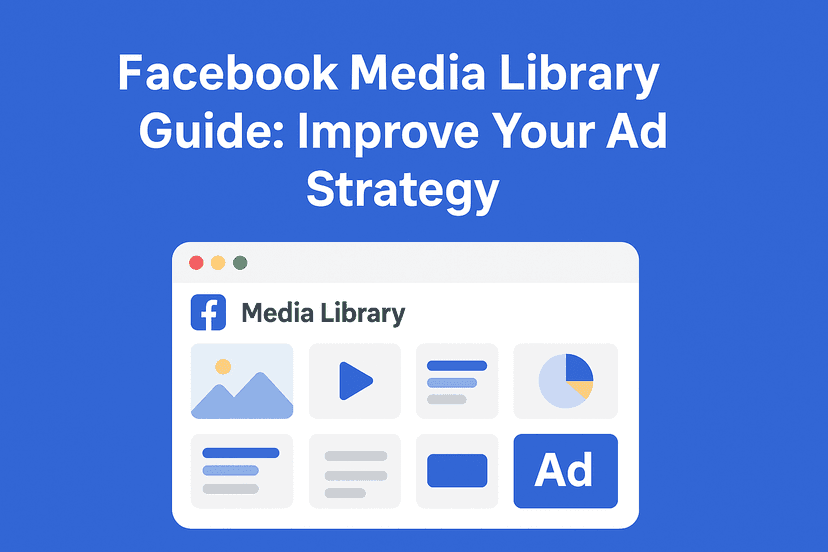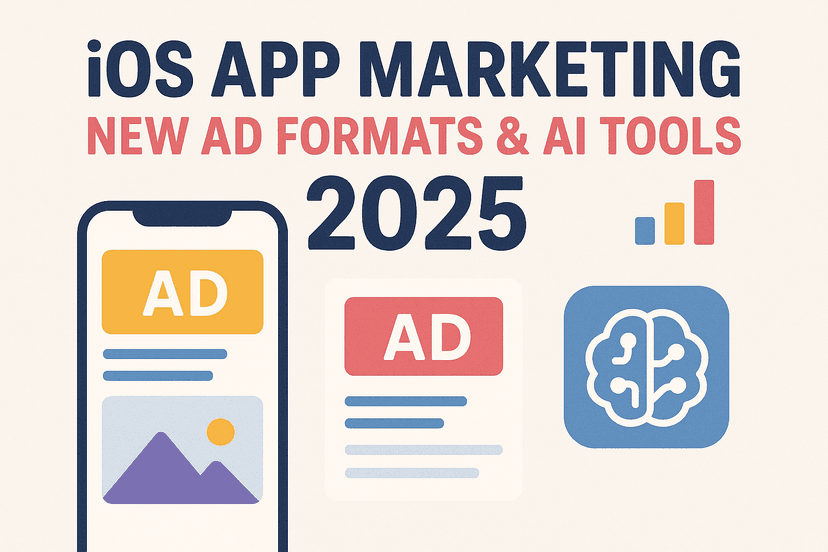Understanding the Instagram Calendar Plan
An Instagram calendar plan is a structured approach to managing your Instagram content. It helps you stay consistent, plan ahead, and align your posts with marketing goals. Instead of guessing what to post each day, you follow a clear roadmap that supports your brand and speaks to your audience.
This approach is especially powerful because Instagram rewards consistency. Regular posting signals to the algorithm that your content is active and engaging, increasing your chances of reaching more users. Plus, a calendar helps you plan around important events, seasonal trends, and campaigns without last-minute stress.
For instance, if you’re managing campaigns across multiple platforms, integrating strategies like Instagram Ads Service can further enhance your reach and engagement.
Setting Your Foundation
Before you start scheduling posts, it’s important to set a strong foundation. Start by defining what you want to achieve with your Instagram account. Are you trying to increase awareness, drive traffic to your website, generate leads, or build a loyal community?
Once goals are set, get to know your audience. Use Instagram Insights to understand your followers’ demographics, when they’re most active, and what types of content they engage with most. This data helps you decide when to post and what types of content will perform best.
Also, define your brand’s tone and visual style. Consistency in how your posts look and sound helps build brand recognition. Whether you’re fun and playful or sleek and professional, your Instagram calendar plan should reflect that consistently. For businesses looking to refine their strategy, exploring options like Content Marketing can be highly beneficial.
Choosing Your Content Pillars
Content pillars are categories that guide what kind of posts you’ll create. They help you stay focused, avoid repetition, and ensure you’re covering all the important aspects of your brand.
For example, if you’re a wellness coach, your pillars might include:
- Health tips
- Client success stories
- Behind-the-scenes content
- Motivational quotes
- Product promotions
Choose three to five pillars that represent your brand best. Then, assign each pillar a percentage of your total content. If your audience loves tips and advice, you might dedicate 40% of your content to that, with the remainder covering other areas.
This method not only keeps your feed balanced, but it also ensures you’re consistently delivering value to your followers. Businesses that aim to diversify their online presence often incorporate elements from Ecommerce Marketing to boost sales and engagement.
Selecting Your Planning Tools
There’s no one-size-fits-all tool for instagram calendar planning—it depends on your needs and comfort level. Some people prefer simple spreadsheets, while others benefit from social media management platforms.
Spreadsheets: Google Sheets or Excel can be customized to track post dates, times, captions, hashtags, and images. You can also include columns for post status (drafted, scheduled, published) and performance metrics.
Social Media Tools: Platforms like Later, Planoly, Buffer, and Hootsuite offer visual calendars, scheduling, and analytics. These tools often include drag-and-drop features, team collaboration, and auto-posting, which can save a lot of time.
Design Tools: Canva is great for creating branded templates that keep your visuals consistent. Adobe Creative Suite offers more advanced design capabilities for professional-looking content.
The right tools streamline your workflow and help you stay organized, especially if you’re handling multiple accounts or working with a team. For those seeking comprehensive solutions, services like Graphic Design can elevate your visual strategy.
Building Your Calendar Structure
Once your pillars and tools are in place, it’s time to build your actual calendar. Start by outlining the month ahead and marking key dates like:
- Product launches
- Holidays and observances
- Company events
- Seasonal moments
- Industry-specific dates
These events create natural opportunities for timely content. Then, decide how often you’ll post. While there’s no magic number, most brands find success with three to five posts per week. Find a rhythm that you can maintain consistently.
You might create a weekly structure like this:
- Monday: Motivation
- Tuesday: Tips / Education
- Wednesday: Behind-the-scenes
- Thursday: Product feature
- Friday: Community spotlight
This rhythm gives your audience something to look forward to, while making your planning more predictable and efficient. To amplify your reach, consider incorporating strategies like Influencer Marketing.
Content Creation Workflow
Batch content creation is one of the most efficient ways to manage an Instagram calendar. Instead of creating content daily, set aside a few hours each week (or month) to create multiple posts at once.
Start by brainstorming ideas for each of your content pillars. Then, plan a photo or video shoot to capture all the visuals you’ll need. Try to get multiple shots from different angles and settings, so you have variety even when using the same location or outfit.
Next, write your captions. Keep a caption bank organized by content type—educational, promotional, inspirational, etc. This makes it easier to plug in text when scheduling posts.
Finally, prepare your hashtag sets. Use a mix of high-volume, mid-range, and niche hashtags. Save groups of hashtags for each content pillar so you can quickly add them to posts.
This workflow allows you to stay ahead of your schedule and ensures that your content is high-quality and on-brand. For those interested in expanding their digital footprint, exploring Display Advertising could prove advantageous.
Planning for Different Content Formats
Instagram offers multiple content types, and your calendar should include a mix of them to keep your feed dynamic and engaging.
Feed Posts: These are your core posts that appear on your profile. Plan them with your grid in mind, thinking about how each post fits into the overall aesthetic.
Stories: Stories are perfect for casual, behind-the-scenes content or time-sensitive updates. While many stories are spontaneous, plan key messages, announcements, and recurring themes ahead of time.
Reels: Reels are currently the best format for reach. Include them regularly in your calendar, focusing on trends, tips, and entertaining content. Because they require more editing, plan them in advance.
IGTV / Long-form Video: These are great for tutorials, interviews, or storytelling. Block out time for filming and editing if you plan to include long-form video in your strategy.
Balance your calendar with different formats to keep your content fresh and maximize engagement. Incorporating tactics like Video Network can significantly enhance your multimedia strategy.
Maintaining Flexibility
Planning is important, but your Instagram calendar should also leave room for flexibility. Trends pop up quickly, and you’ll want the ability to jump in and participate.
Leave a few open slots each week for spontaneous or timely posts. You can also keep a folder of evergreen content—posts that are always relevant—to fill gaps when needed.
Monitor current events and trending hashtags in your industry. When something aligns with your brand, take advantage of the moment to post relevant content that engages your audience.
A flexible calendar helps you stay prepared without being rigid, allowing you to respond to changes while staying on strategy. For additional insights, consider reviewing SEO Thailand practices to optimize your content further.
Measuring and Optimizing
An Instagram calendar plan is not something you set once and forget. It should evolve based on performance.
Each week, review your top-performing posts. Look at metrics like:
- Reach
- Saves
- Shares
- Comments
- Website clicks
Each month, evaluate how each content pillar is performing. Are your tips getting more saves than your product posts? Are Reels driving more engagement than Stories? Use this data to adjust your content mix.
Also, experiment with posting times and days. Instagram Insights shows when your audience is online, but don’t be afraid to test different schedules to find your personal sweet spot.
Optimization is a continuous process. By tracking what works, you’ll make smarter decisions, refine your strategy, and improve results over time. Leveraging Lead Generation Service can help convert these insights into actionable growth.
Scaling Your Calendar Strategy
As your Instagram presence grows, your calendar should evolve with it. Start planning quarterly themes that align with your business goals. For example, a fitness brand might focus on “Summer Shred” in Q2 and “Holiday Wellness” in Q4.
Plan larger campaigns that span multiple formats. A product launch might include teaser posts, behind-the-scenes Stories, countdowns, and Reels showing the product in action.
Build a content library to store and organize your best-performing content. This makes it easy to repurpose successful posts, create new variations, and maintain a steady flow of content.
If you’re working with a team, set clear roles and responsibilities. Decide who creates content, who approves it, who schedules it, and who responds to comments. Use shared tools so everyone is on the same page.
Scaling your strategy means moving from reactive posting to proactive planning, and it’s key to long-term success. Exploring Programmatic advertising can provide sophisticated targeting options as you scale.
Conclusion
A strong Instagram calendar plan is more than just a content schedule—it’s a strategic framework that supports your goals, engages your audience, and builds your brand. From setting goals and choosing content pillars to selecting tools and measuring performance, every step helps turn your Instagram into a powerful marketing channel.
Start with a simple structure that you can stick to, and don’t be afraid to adjust as you go. Focus on consistency, value, and connection. The more thoughtful your planning, the more impact your content will have.
With a reliable calendar in place, you’ll not only reduce stress and save time—you’ll also create a more engaging and effective Instagram presence. So start planning today, and turn your social media efforts into a strategic success story. For further assistance, feel free to Contact Us.





